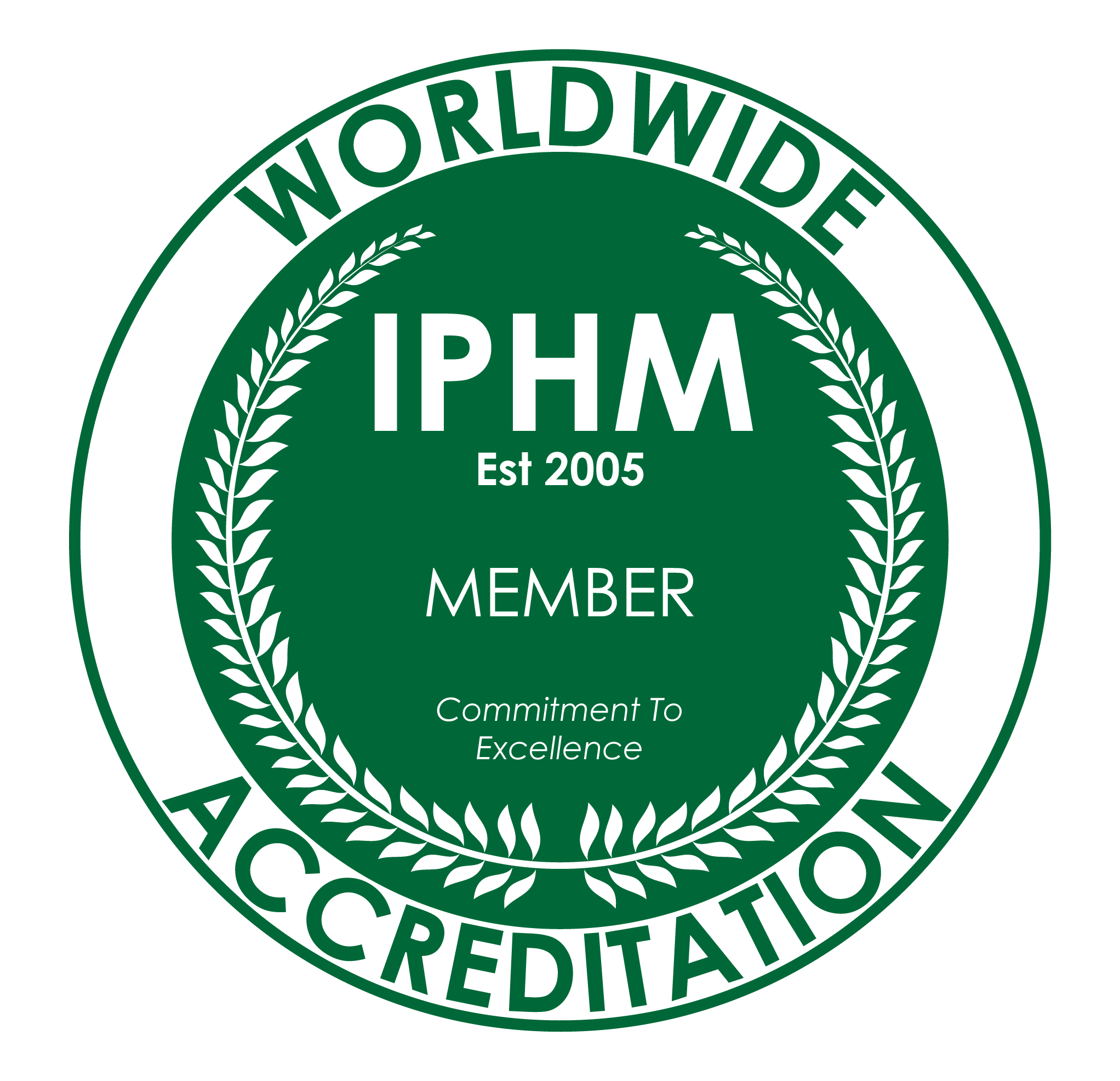Grief is perhaps the most universal human experience, yet it remains one of the most misunderstood and inadequately supported aspects of our lives. Whether you’re navigating the death of a loved one, the end of a significant relationship, job loss, health challenges, or any of life’s inevitable transitions, grief touches us all. As a holistic therapist specializing in somatic healing and family constellations with practices in Dublin, Naas, and Newbridge, I’ve had the profound honor of walking alongside hundreds of people through their grief journeys.
What I’ve learned is that grief is not a problem to be solved, but a natural response to love and loss that deserves our deepest compassion and most skillful support. When we approach grief through somatic healing principles, we honor both the profound pain of loss and the body’s innate wisdom for processing and integrating difficult experiences.
Understanding Grief: Beyond the Traditional Models
Traditional grief models, while helpful, often present grief as a linear process with stages to complete or tasks to accomplish. While these frameworks can provide useful structure, they don’t capture the full complexity of how grief actually moves through our lives and bodies.
Modern grief research, including the groundbreaking work of researchers like Dennis Klass and Nigel Field, recognizes that grief is not something we “get over” but rather something we learn to carry differently. The goal isn’t to return to who we were before the loss, but to integrate the experience of love and loss into our ongoing life story.
Somatic approaches to grief recognize that loss is experienced not just emotionally and mentally, but in the very cells and tissues of our bodies. Grief has a physical presence – it can feel like a weight in our chest, emptiness in our stomach, or fatigue that penetrates our bones. By working directly with these somatic experiences, we can support the body’s natural capacity for healing and integration.
How Grief Lives in the Body: Understanding Somatic Responses
When we experience loss, our entire nervous system responds. The body may initially move into shock, a protective state that allows us to function during acute crisis. As reality sets in, we might experience the hyperactivation of anxiety and searching behaviors, or the hypoactivation of depression and withdrawal.
Common Somatic Manifestations of Grief:
Physical Symptoms:
- Chest tightness and difficulty breathing
- Digestive disturbances and changes in appetite
- Sleep disruption and fatigue
- Muscle tension, particularly in shoulders and neck
- Headaches and general body aches
- Changes in immune function and increased susceptibility to illness
Nervous System Responses:
- Hypervigilance and anxiety
- Emotional numbing and disconnection
- Difficulty concentrating and memory problems
- Increased startle response
- Alternating between feeling overwhelmed and feeling nothing
Behavioral Changes:
- Social withdrawal and isolation
- Changes in activity levels – either increased busyness or decreased motivation
- Difficulty making decisions
- Searching behaviors (looking for the lost person/situation)
- Avoidance of reminders or conversely, seeking constant reminders
The Wisdom of Somatic Grief Work
Somatic approaches to grief honor the body’s natural intelligence for processing loss. Rather than trying to think our way through grief or push through difficult emotions, somatic work invites us to be present with our actual experience and trust our body’s wisdom for healing.
Key Principles of Somatic Grief Work:
1. Presence Over Avoidance Instead of trying to escape or minimize painful sensations, somatic work teaches us to be present with what’s actually happening in our bodies. This doesn’t mean drowning in pain, but rather learning to be with our experience in manageable doses.
2. Rhythm and Pacing Grief has its own natural rhythm of approach and retreat, feeling and resting. Somatic work honors this rhythm rather than forcing a particular timeline or intensity.
3. Resource Building Before diving into the depths of grief, somatic work helps build internal and external resources – ways of feeling grounded, supported, and regulated that can support us through difficult moments.
4. Integration Rather Than Elimination The goal isn’t to eliminate grief but to integrate the experience of loss in a way that allows love to continue flowing while acknowledging the reality of change.
Practical Somatic Techniques for Grief Support
Breathing with Grief Grief often constricts our breathing, creating a sense of suffocation or inability to take a full breath. Gentle breathing practices can help restore natural breathing rhythm while providing a anchor during overwhelming moments.
Grounding and Orientation When grief threatens to overwhelm us, grounding techniques help us feel connected to our body and the present moment. This might involve feeling our feet on the ground, noticing the support of our chair, or orienting to our physical environment.
Movement and Expression Grief often needs to move through the body. This might involve gentle swaying, walking in nature, or any movement that feels authentic to the moment. Sometimes grief needs to be expressed through sound – sighing, crying, or even wailing.
Self-Soothing Touch Learning to offer ourselves comfort through appropriate touch can be profoundly healing. This might involve placing a hand on the heart, holding ourselves, or any touch that feels soothing and supportive.
Containment Practices Sometimes grief feels too big for our system to handle all at once. Containment practices help us work with grief in manageable portions, knowing we can return to it when we have more capacity.
Different Types of Loss: Honoring All Forms of Grief
Grief extends far beyond death, though our culture often only recognizes bereavement as “legitimate” grief. In my practice working with clients across Ireland and internationally online, I’ve supported people through many forms of loss:
Death and Bereavement The death of loved ones – family members, friends, pets, or public figures who touched our lives. Each relationship is unique, and so is each grief.
Relationship Losses Divorce, breakups, estrangement from family members, or the ending of friendships. These losses often involve ongoing contact, making the grief process more complex.
Health-Related Losses Chronic illness, disability, infertility, or changes in physical or cognitive capacity. These losses often involve grieving not just what is, but what might have been.
Life Transition Losses Job loss, retirement, children leaving home, moving to a new location, or any major life change that involves letting go of a previous identity or way of life.
Collective and Cultural Losses Loss of homeland due to immigration, cultural changes, environmental destruction, or social upheaval that affects entire communities.
Anticipatory Grief Grief that begins before an actual loss occurs, such as when a loved one is dying or when major life changes are approaching.
The Role of Meditation in Grief Healing
Meditation provides a safe container for being present with grief without being overwhelmed by it. Through mindful awareness, we can learn to witness our grief with compassion rather than resistance, allowing natural healing processes to unfold.
Guided meditations specifically designed for grief can help us:
- Develop capacity for being present with difficult emotions
- Learn to offer ourselves compassion during painful moments
- Connect with the love that underlies our grief
- Find moments of peace and rest within the grief process
- Honor our loved ones while caring for ourselves
Supporting Children and Adolescents with Grief
Young people often experience grief somatically before they have words for their experience. Children might develop stomachaches, headaches, or behavioral changes following a loss. Somatic approaches can be particularly helpful for young people because they work directly with the body’s experience rather than requiring sophisticated verbal processing skills.
Somatic Support for Young Grievers:
- Simple breathing exercises and grounding techniques
- Movement and play as outlets for grief expression
- Art and creativity as ways to externalize internal experience
- Routine and structure to support nervous system regulation
- Age-appropriate ways to honor and remember what was lost
Cultural and Spiritual Dimensions of Grief
Grief doesn’t occur in a vacuum – it’s deeply influenced by cultural, spiritual, and family contexts. Some cultures have rich traditions for supporting grief, while others offer little guidance for navigating loss. Somatic approaches can complement and enhance any cultural or spiritual framework by supporting the body’s natural healing processes.
Integrating Cultural and Spiritual Resources:
- Rituals and ceremonies that honor the loss
- Community support and shared grieving practices
- Spiritual beliefs about death, afterlife, or the meaning of suffering
- Family traditions for remembering loved ones
- Connection with nature and seasonal cycles
Working with Complicated Grief
While most grief follows a natural healing process, sometimes grief becomes “stuck” or complicated by various factors:
Factors That Can Complicate Grief:
- Sudden or traumatic deaths
- Multiple losses occurring close together
- Lack of social support or understanding
- Previous unresolved losses
- Circumstances that prevent normal grief expression
- Guilt, anger, or unfinished business related to the loss
Somatic approaches can be particularly helpful for complicated grief because they work directly with the nervous system’s stuck patterns, helping to restore natural flow and regulation.
Family Constellations and Intergenerational Grief
In my work as a family constellations facilitator, I’ve observed how grief can move through family systems across generations. Sometimes we carry not only our own grief but also the unprocessed grief of our ancestors. Family constellation work can help identify and heal these intergenerational patterns, allowing both individual healing and family system transformation.
Signs of Intergenerational Grief:
- Unexplained sadness or depression
- Difficulty forming close relationships
- Feeling responsible for others’ pain
- Patterns of loss that repeat through generations
- Sense of carrying a burden that doesn’t feel entirely your own
Building Support Systems for Grief
Grief is not meant to be carried alone, yet many people find themselves isolated in their loss. Building appropriate support systems is crucial for healthy grief processing.
Professional Support Options:
- Individual grief healing with somatic-trained practitioners
- Grief support groups in Dublin, Naas, Newbridge, or online
- Family constellation work for systemic healing
- Specialized support for specific types of loss (sudden loss, infant loss, etc.)
Personal Support Networks:
- Friends and family who can offer presence without trying to “fix”
- Spiritual or religious communities
- Online communities for people with similar losses
- Creative or expressive arts communities
Self-Care During Grief: Honoring Your Needs
Self-care during grief is not about forcing yourself to feel better, but rather about tending to your basic needs while you’re in a vulnerable state.
Essential Self-Care for Grievers:
- Maintaining basic physical needs (food, sleep, hydration)
- Gentle movement that feels supportive
- Limiting exposure to additional stressors when possible
- Creating spaces for both social connection and solitude
- Allowing flexibility in your expectations of yourself
The Gifts of Grief: Transformation Through Loss
While no one would choose grief, many people discover unexpected gifts within their grief journey:
Potential Gifts of Grief:
- Deeper appreciation for life and love
- Increased empathy and compassion for others
- Clearer priorities and values
- Stronger spiritual connection
- Enhanced ability to be present in difficult moments
- Deeper authentic relationships
These gifts don’t minimize the pain of loss, but they can provide meaning and hope during dark times.
Moving Forward: Integration and Continuing Bonds
Healing from grief doesn’t mean forgetting or “moving on” from what we’ve lost. Instead, it involves learning to carry our loves and losses in a way that allows us to fully engage with life while honoring what has been.
Signs of Healthy Grief Integration:
- Ability to remember the lost person/situation with both sadness and appreciation
- Resumption of meaningful activities and relationships
- Capacity to experience joy without guilt
- Ability to support others without being overwhelmed
- Sense of having grown through the experience
Finding Support: Professional Grief Healing in Ireland
If you’re struggling with grief or loss, professional support can provide valuable guidance and companionship for your journey. As a holistic healing practitioner specializing in somatic approaches to grief, I offer both in-person sessions in Dublin, Naas, and Newbridge, as well as online sessions for clients worldwide.
What to Expect in Somatic Grief Healing:
- Safe, compassionate space to explore your unique grief experience
- Body-based techniques for managing overwhelming emotions
- Integration of family constellation insights when appropriate
- Support for honoring your loved ones while caring for yourself
- Practical tools for navigating daily life while grieving
Whether your loss is recent or decades old, whether it’s recognized by others or disenfranchised, whether it’s your first major loss or one of many, your grief deserves compassionate, skilled support.
A Message of Hope
If you’re currently walking through grief, please know that you’re not alone and that healing is possible. Grief may always be part of your story, but it doesn’t have to dominate your story. With appropriate support, self-compassion, and respect for your body’s natural healing wisdom, you can learn to carry your love and loss in a way that honors both your pain and your resilience.
The path through grief is unique for each person, but no one has to walk it alone. Whether you’re seeking support for yourself or someone you love, reaching out for help is a sign of wisdom, not weakness.
If you’re ready to explore how somatic approaches can support your grief journey, I invite you to contact me for a consultation. Together, we can honor your loss while supporting your innate capacity for healing and growth.








